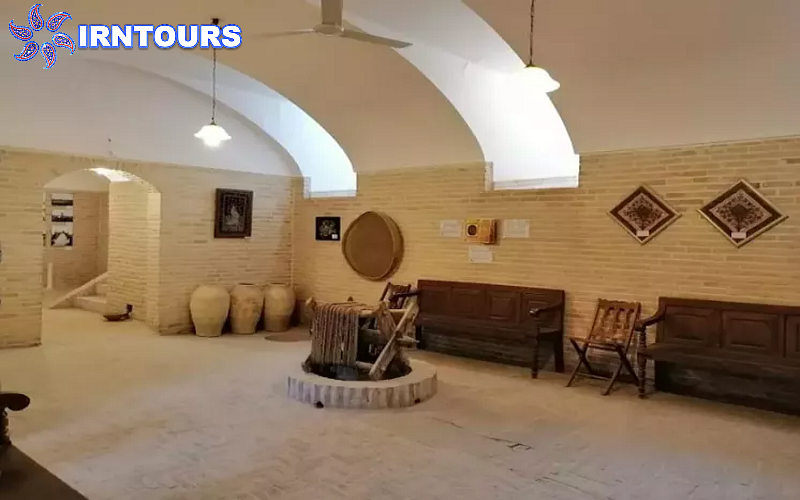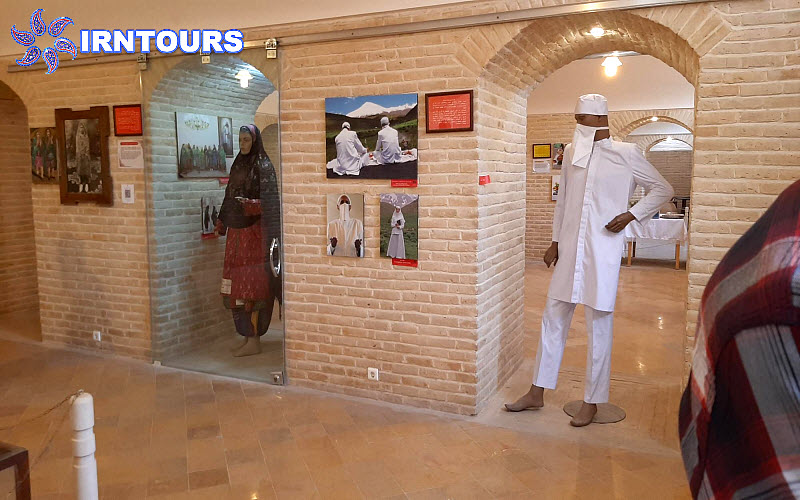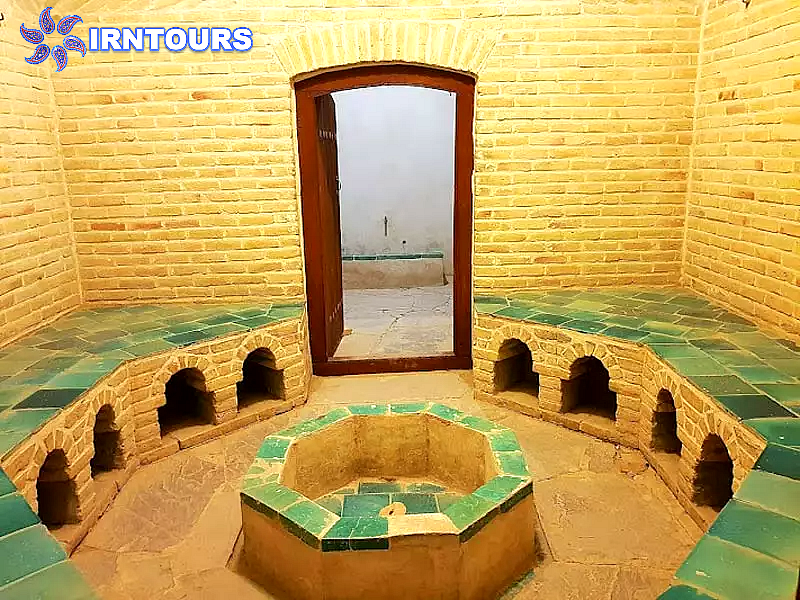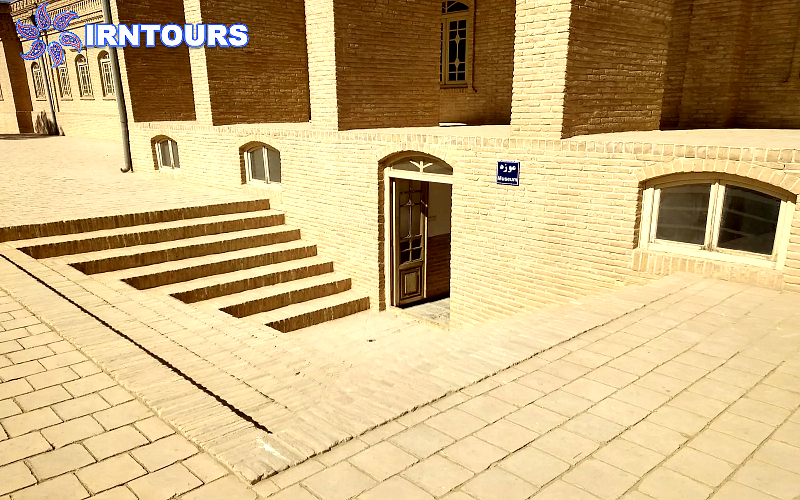About MAKAR MUSEUM
Markar complex is one of the most influential places in the modern history of Yazd and has played a significant role in the education of Yazidis. This historical complex is located near Markar Square and has hosted the Markar Museum since 2011.
Markar Museum, which is also known as Zoroastrian History and Culture Museum, is an ideal place to learn about Zoroastrian history and rituals. This museum in the basement of the Markar collection, with valuable works, deals with religious and traditional clothing, celebrations and ceremonies, the lifestyle of the old Zoroastrians, as well as the life of the Pashtun Ji Dosabai Markar.
- Zoroastrian History and Culture Museum is located in Markar Square, Farsh Alley, Mashhad. You can also access it through Montazer Qaem Boulevard, Milad Alley
History of Markar Museum
In 1933, the construction work of Markar nursery started with the engineering of Barzo Sohrab Agha and by the order of Markar. A year later, Markar traveled to Iran for the second time and the collection was opened. Its parts consisted of two buildings, the front building included 18 rooms and a large hall for boys’ high school and primary school with a capacity of 800 students, and the other building was an orphanage with three bedrooms, 9 rooms and a basement. Contrary to popular opinion, this complex was actually a dormitory and boarding school for needy students living on the outskirts of the city. Also, the facilities of the complex were not only reserved for Zoroastrians.
On November 9, 1998, the historical collection of Markar was registered in the list of national monuments of Iran with registration number 2146. In 2015, the first phase of the Markar Museum was opened under the supervision of Esfandiar Esfandiar. This museum, which is located in the basement of the complex, today, as one of the sightseeing places of Yazd, hosts tourists throughout the year.
Sightseeing places near Markar Museum
Markar Museum is located near some other tourist attractions of Yazd and you can reach them by walking a little:
- Distance from Markar Museum to Markar Square: 300 meters
- Distance from Markar Museum to Yazd Fire Temple: 750 meters
- Distance from Markar Museum to Rostam Giv Reservoir: 1 km
- Distance between Markar Museum and Cambrian Paleontology Museum: 750 meters
- Distance from Markar Museum to Shesh Badghir Reservoir: 750 meters
Who is Pashtun Ji Dosabai Markar ?
Pashtun Ji Dosabai Markar was one of the good-minded Zoroastrians of India who, on the way to the development of Iranian society; Especially Zoroastrians took effective and valuable steps. He was born on November 9, 1871 in a Parsi family in Mumbai. He received his preliminary education in Bombay and learned clerical work at Dinshah Silister’s training school. Since he was interested in Iran, he learned Persian language and memorized Saadi’s Golestan and many poems of Shahnameh.
After his education, Markar started doing business, which resulted in a lot of wealth. He first worked in Iran as an ambassador of the Iranian Zoroastrians Association of Bombay, and in 1925, he became the vice president and in 1938, he became the president of the association. He traveled to Iran three times during his life. These trips were made to deal with charity affairs and check the situation of Zoroastrians and Iranians. During these trips, he received three high awards from the King of the country.
Architecture of Markar Museum
The Markar Museum is designed to make the most of the sunlight and conserves a lot of energy. The Makar complex used to supply its water needs from the reservoir, Cow Ways , Pakneh and Qanar Way, all of which can be visited. Also, the old bathroom and toilets in the Museum of Zoroastrian History and Culture will introduce visitors to the lifestyle of people 80 years ago.
Works of Markar Museum
Upon entering the wonderful basement of the collection, you will see works with the following topics in various rooms:
- Markar and Ravanshad Markar collection;
- The history of Zoroastrian religion and a corner of the teachings of Oshozartash Sspantaman;
- Zoroastrian rituals and celebrations;
- Religious and traditional clothing, fire temple, worship and worshipers;
- Zoroastrian houses, the deceased;
- Zoroastrian shrines.
In the last section of the Zoroastrian History and Culture Museum, an old kitchen with related equipment is displayed. Each section of the museum is accompanied by Persian and English explanations. There are also guides to explain to tourists in the museum to introduce different parts to tourists. Playing a short film about Zoroastrian rituals, playing traditional songs in Dari language and presenting the Rastar mobile application are other facilities that have been planned for the visitors of the Markar Museum.








